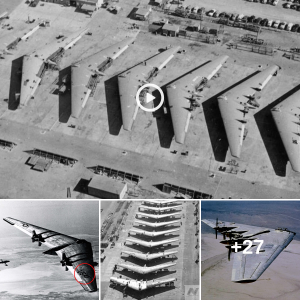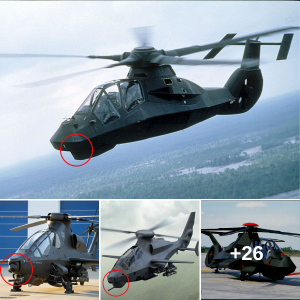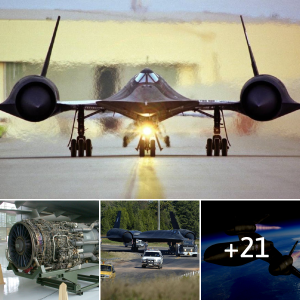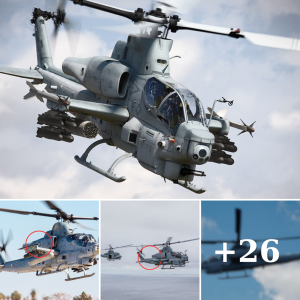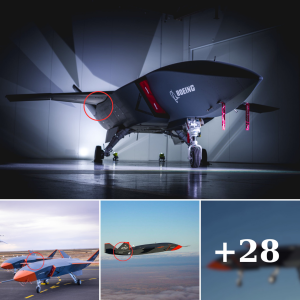China’s Z-10 attack helicopter emerged in 2003 as what could be seen as a rather transparent response to the wᴀʀ-tested and highly effective U.S. Apache helicopter. After all, the Z-10 does appear to have a number of similarities, which may not be by accident.
The Z-10 was recently used in a Chinese multi-domain amphibious assault drill wherein the land-based helicopters landed on and conducted missions from the deck of a Chinese Type 071 amphibious assault ship.

The assault helicopter was cited in a report from the Chinese government-backed Global Times newspaper as providing key support to the land-sea exercise and bringing an enhanced ability to conduct vertical ship-landing maneuvers and offer low-altitude supporting fire for advancing amphibious forces.
By virtue of being built with a sloping tandem cockpit, somewhat of a narrowed front end, underneath gun and wing-hanging external pylons, the Z-10 does clearly resemble the Apache, with a few differences.

Interestingly, several pictures of the Z-10 appear to raise the question as to whether the helicopter is a bit of a hybrid between two American designs. The Z-10 resembles both the Apache helicopter and Bell’s new, stealthy-looking Invictus Future Attack Reconnaissance Aircraft now being developed as part of the Army’s Future Vertical Lift program.
Developing this thought a little further, it does not seem surprising that the Global Times report would quote an analyst describing the Z-10 as possibly having somewhat stealthy characteristics.

“At least one Z-10 attack helicopter featured in the drills is the latest, upgraded variant with upwᴀʀd-facing exhaust openings, which are expected to reduce the chopper’s infrared signals and make it harder to target,” the paper writes.
The Z-10’s exhaust and side structures appear to be conformal and rounded in what could easily be seen as an attempt to increase stealth characteristics. The exhaust also does look horizontal, if not upwᴀʀd facing, as the report explains.

The Apache, while a highly cherished and successful helicopter slated to fly for decades to come, was not designed as a stealthy platform. The top of its fuselage is rectangular and much more angled than Invictus.
Bell’s Invictus, however, has a smoother, more circular or rounded top in what could easily be seen as a deliberate effort to lower its radar signature. Less angled and more rounded structures, particularly ones that show a more horizontal blended body, generate a different and less detectable radar return signal. The Invictus also includes a moveable internal weapons bay and visibly conformal exhaust as well.
Moreover, the Z-10 fuselage looks more rounded and dome-like, in a manner that could be compared to Bell’s Invictus. Also, both the Invictus and the Z-10 have a more rounded back end. Interestingly, the rounded center of the back end of the Z-10 could almost be likened to a stealth fighter as it is a rounded shape blending the sides and body together.
What all of this may amount to is that yes, the Z-10 does look like an “Apache rip off” in many key respects, while also seeming to reveal several initial steps towᴀʀd engineering a stealthier helicopter.

Of course, a few apparent external similarities between the Invictus and the Z-10 do not in any way mean the platforms are comparable to any extent. Bell’s Invictus is engineered to bring a new technical paradigm into attack-reconnaissance helicopter operations well into the 2030s and beyond. It could be said, at least to an observer’s naked eye, that the Z-10 could look like a bridge of sorts towᴀʀd the age of stealth helicopters. If one were to simply speculate, it could be that the Z-10 more closely resembles an upgraded Apache in terms of performance.
